The 9 Foods That Make Belly Fat Worse and What to Eat Instead
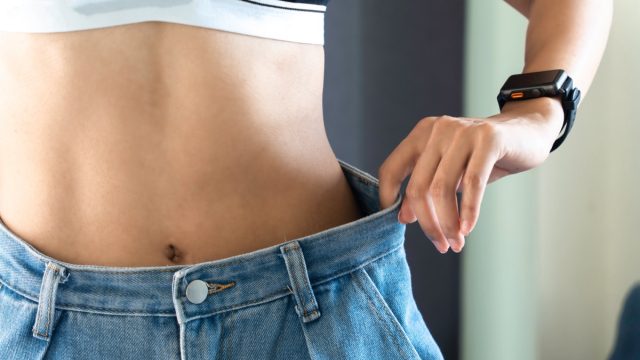
Reducing belly fat is a common goal, but certain foods can make it harder to achieve. Processed, high-sugar and refined-carb options can lead to bloating, blood sugar spikes, and fat storage around the midsection. By replacing these culprits with healthier alternatives, you can support digestion, improve metabolism, and work toward a flatter stomach. Here are nine foods to avoid and their better replacements for lasting results.
Sugary Cereals
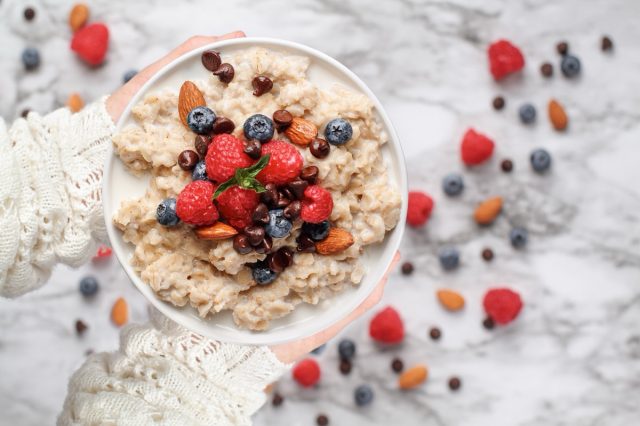
Sugary cereals are loaded with refined carbs and sugar, causing blood sugar spikes that promote fat storage. Swap them for oatmeal topped with fresh fruit and a sprinkle of nuts. The fiber and protein in this alternative keep you full and stabilize your blood sugar levels.
White Bread
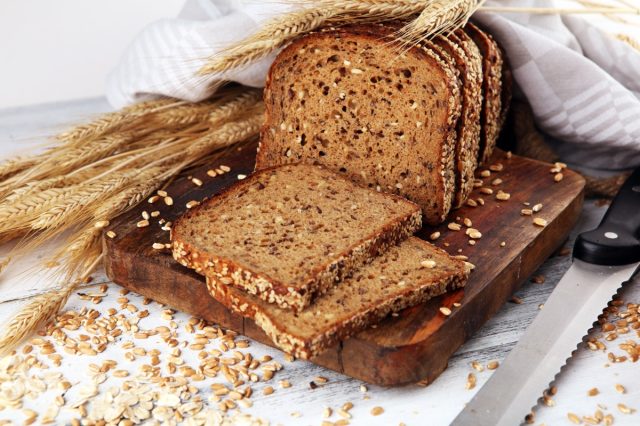
White bread lacks fiber and nutrients, leading to quick digestion and hunger soon after eating. Replace it with whole-grain or sprouted bread, which provides fiber to improve digestion and promote a steady release of energy.
Fried Foods
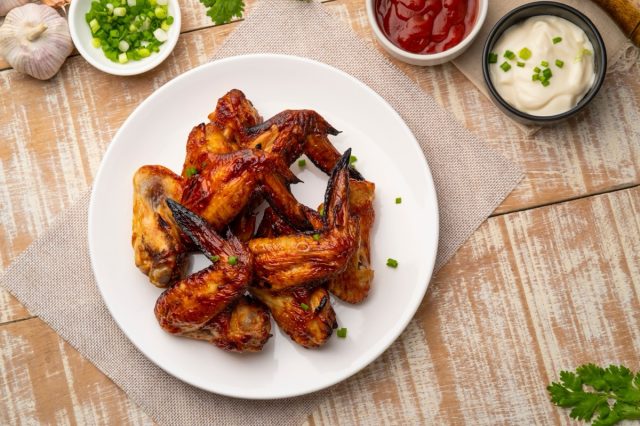
Fried foods are high in unhealthy fats and calories, making them a major contributor to belly fat. Instead, bake or air fry your favorite dishes. Roasted vegetables or air-fried chicken wings deliver the same satisfaction without the added fat.
RELATED: This Plan Is How to Lose 5 Percent Body Fat In 2 Weeks
Soda
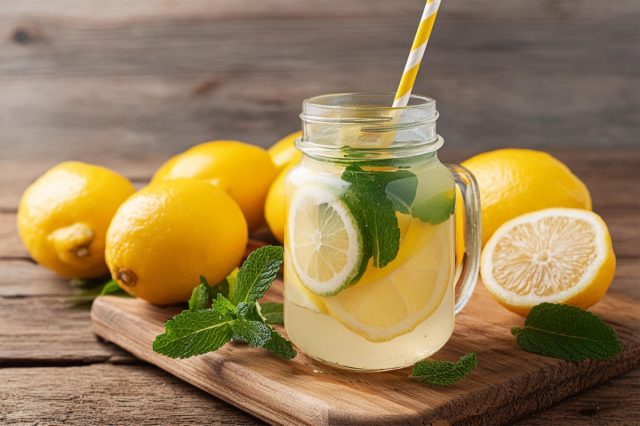
Regular soda is packed with sugar and empty calories that encourage belly fat. Replace it with sparkling water infused with citrus or herbs. This alternative is refreshing, hydrating, and free of added sugars.
Candy Bars
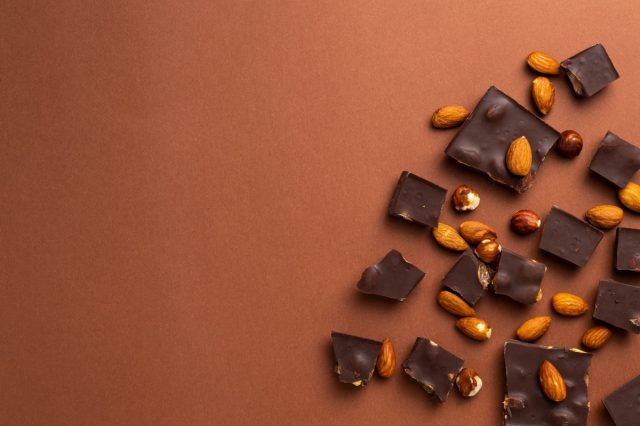
Candy bars are calorie-dense and lack nutrients, making them a poor snack choice. Instead, reach for a handful of almonds or a piece of dark chocolate. These options satisfy cravings while providing healthy fats and antioxidants.
Potato Chips
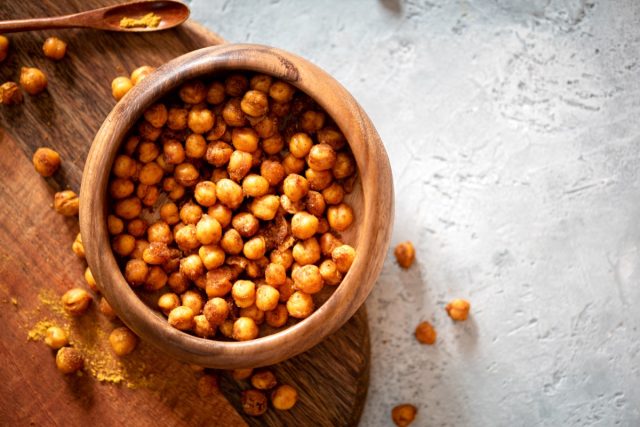
Potato chips are high in fat and salt, leading to bloating and cravings. Replace them with roasted chickpeas or popcorn seasoned with spices. These snacks are crunchy, flavorful, and lower in calories.
Ice Cream
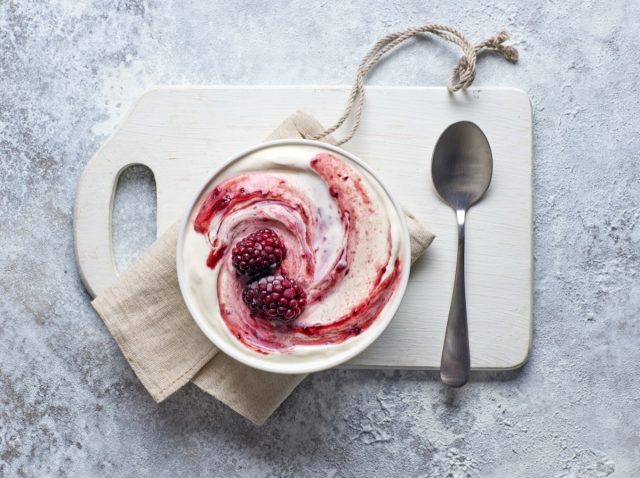
Ice cream is full of sugar and fat, making it a dessert that easily adds to belly fat. Swap it for Greek yogurt topped with frozen berries. This alternative is creamy, satisfying, and packed with protein.
Sweetened Yogurt
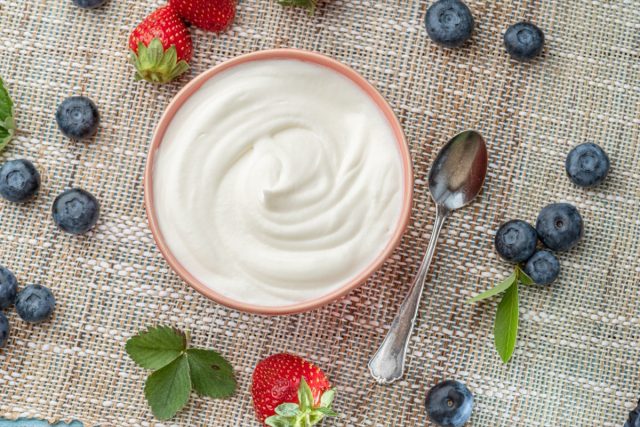
Flavored yogurts often contain as much sugar as a candy bar. Opt for plain Greek yogurt and add your own fruit or a drizzle of honey. This gives you control over sweetness and boosts your protein intake.
RELATED: 10 Hidden Sugars in Everyday Foods You're Probably Overlooking
Alcoholic Cocktails

Cocktails like margaritas and daiquiris are loaded with sugar and calories. Replace them with a glass of dry wine or sparkling water with lime. These options are lighter and less likely to contribute to fat storage. And if you enjoyed this article, take advantage of these 15 Quick Ways to Lose Body Fat Percentage in a Week.




